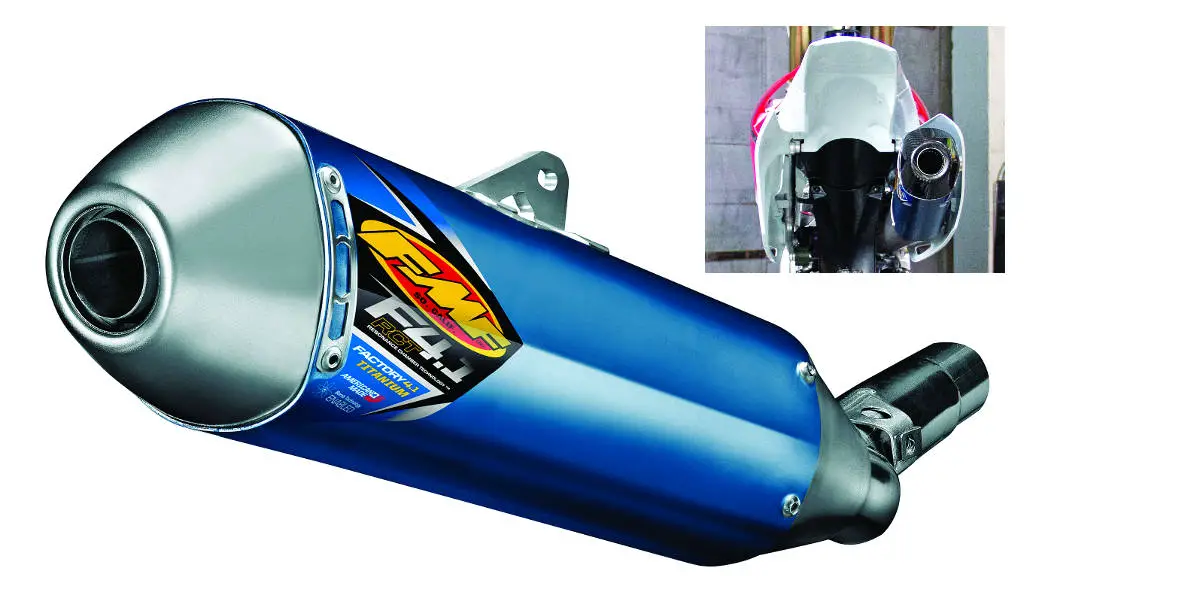Factanium Mac OS
- Easily check which versions of mac OS, iOS, iPadOS, or watchOS are compatible with your Mac model or iDevice. Guide includes OS X 10.8.x to macOS 11.0.x.
- In this screen-cast I cover how to install the Mac OS X Server application for 10.8.x Mountain Lion and walk you through the entire installation process for your hosted Mac mini Server at MacStadium. Hosted OSX Mountain Lion Server Part 1: Setting Up Your Server.
Mac OS X 10.7; The AppiumForMac helper application downloaded and installed (see below) Usage. The way to start a session using the Mac driver is to include the platformName capability in your new session request, with the value Mac. Also, ensure that you set the deviceName capability to Mac as well.
Is your Mac up to date with the latest version of the Mac operating system? Is it using the version required by a product that you want to use with your Mac? Which versions are earlier (older) or later (newer, more recent)? To find out, learn which version is installed now.
If your macOS isn't up to date, you may be able to update to a later version.
Which macOS version is installed?
From the Apple menu in the corner of your screen, choose About This Mac. You should see the macOS name, such as macOS Big Sur, followed by its version number. If you need to know the build number as well, click the version number to see it.
Factanium Mac Os Download
Which macOS version is the latest?
These are all Mac operating systems, starting with the most recent. When a major new macOS is released, it gets a new name, such as macOS Big Sur. As updates that change the macOS version number become available, this article is updated to show the latest version of that macOS.
If your Mac is using an earlier version of any Mac operating system, you should install the latest Apple software updates, which can include important security updates and updates for the apps that are installed by macOS, such as Safari, Books, Messages, Mail, Music, Calendar, and Photos.
| macOS | Latest version |
|---|---|
| macOS Big Sur | 11.3 |
| macOS Catalina | 10.15.7 |
| macOS Mojave | 10.14.6 |
| macOS High Sierra | 10.13.6 |
| macOS Sierra | 10.12.6 |
| OS X El Capitan | 10.11.6 |
| OS X Yosemite | 10.10.5 |
| OS X Mavericks | 10.9.5 |
| OS X Mountain Lion | 10.8.5 |
| OS X Lion | 10.7.5 |
| Mac OS X Snow Leopard | 10.6.8 |
| Mac OS X Leopard | 10.5.8 |
| Mac OS X Tiger | 10.4.11 |
| Mac OS X Panther | 10.3.9 |
| Mac OS X Jaguar | 10.2.8 |
| Mac OS X Puma | 10.1.5 |
| Mac OS X Cheetah | 10.0.4 |

Hello!
Factanium Mac Os X
You may have to update your Mac to a newer firmware, however, I can understand if you don’t wish to do that.
On older devices, if you type in the Two-Factor Authenticaction Password/Code AFTER the Apple ID passcode, that how you use Two Factor Authentication on older devices.
e.g. Let‘s say your Apple ID Password is “Apple” and let’s say your Two-Factor Authentication Code is “199456”, then when you type in your password onto your older Mac, and it asks for two-factor authentication, you will type “Apple199456” as your password.
I hope this helps, and if you have any questions, let me know!
Have a great day!
Oct 23, 2017 7:06 AM